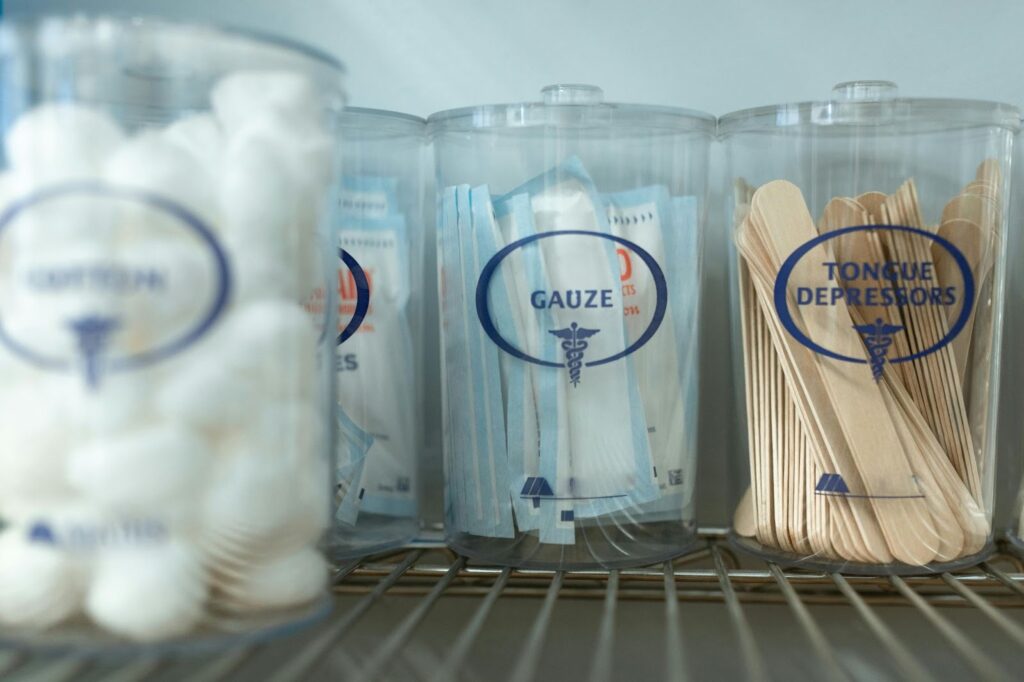Float technology is transforming industries that rely on buoyancy and stability, from marine construction to mining. This innovative field encompasses devices and systems that float on water, providing essential support and functionality. The significance of float technology is evident in sectors like wastewater management, oil and gas, and technology innovation. In this post, we will explore the latest developments in float technology and understand how they are reshaping these industries.
Evolution of Float Technology
Float technology has come a long way since its inception. Initially, it was simple, relying on basic materials like wood and inflated rubber. Ancient civilizations used rudimentary floating devices for fishing and transportation. Over time, advancements in materials and design led to more sophisticated systems. The post-industrial era marked a significant leap with the introduction of metals and synthetic materials, enhancing durability and efficiency. Key milestones include the development of pontoon bridges during World War II and the advent of floating docks in modern marine construction.
Latest Innovations in Float Technology
The latest innovations in float technology are nothing short of revolutionary. Notable advancements come from an umbilical floats provider that uses an advanced material such as high-density polyethylene (HDPE), and other float technology solutions providers that use composite polymers. These materials offer superior strength, flexibility, and resistance to harsh environmental conditions. Design improvements include modular floating platforms that can be customized for specific applications. Additionally, smart technology integration has led to the development of floats equipped with sensors and IoT capabilities, allowing for real-time monitoring and adjustments.
Materials Revolution
In recent years, the shift to HDPE and composite polymers has been a game-changer. These materials are not only robust but also lightweight, making them ideal for various applications. They resist corrosion, UV damage, and chemical exposure, ensuring longevity and reduced maintenance costs.
Design Enhancements
Modern float designs emphasize modularity and adaptability. Modular floating platforms can be tailored to meet the needs of different projects, from small-scale installations to expansive structures. This flexibility is particularly beneficial in marine construction and wastewater management, where conditions can vary significantly.
Smart Technology Integration
The integration of smart technology in float systems has opened new possibilities. Floats equipped with sensors can monitor environmental conditions, load distribution, and structural integrity in real time. This data is invaluable for optimizing performance and ensuring safety.
Case Studies and Real-world Applications
The effectiveness of the latest float technology is best illustrated through real-world examples. In marine construction, floating platforms have revolutionized the building of offshore structures. For instance, the construction of floating wind farms relies heavily on advanced float systems. These platforms provide stable support for turbines, ensuring efficient energy generation even in rough seas.
Marine Construction
In marine construction, companies like OceanTech have pioneered the use of modular floating platforms for building and maintaining offshore structures. These platforms are not only stable but also easily adjustable, allowing for rapid deployment and reconfiguration. This has significantly reduced construction time and costs.
Wastewater Management
In wastewater management, float technology has enabled the creation of floating treatment plants. These plants can be deployed in bodies of water with limited access to land-based facilities, providing an effective solution for treating wastewater in remote areas. The use of HDPE floats ensures durability and resistance to contamination.
Oil and Gas
The oil and gas industry has also benefited from advanced float technology. Floating storage and offloading units (FSOs) are now equipped with smart sensors that monitor structural integrity and environmental conditions. This has enhanced safety and efficiency in offshore operations, reducing the risk of spills and accidents.
Future Outlook
The future of float technology looks promising, with several trends and possibilities on the horizon. Innovations in materials science may lead to the development of even lighter and stronger floatation devices. Additionally, the integration of artificial intelligence (AI) and machine learning could further enhance the capabilities of smart float systems. These advancements will likely address pressing global challenges, such as climate change and resource scarcity.
Materials Advancements
Future materials for float technology may include nanocomposites and biodegradable polymers. These materials promise even greater strength-to-weight ratios and environmental sustainability. The use of biodegradable materials could mitigate the impact of floatation devices on marine ecosystems.
AI and Machine Learning
The integration of AI and machine learning in float systems holds immense potential. AI algorithms can analyze data from sensors to predict maintenance needs and optimize performance. Machine learning can further refine these predictions, ensuring that float systems operate at peak efficiency.
Addressing Global Challenges
Float technology will play a crucial role in addressing global challenges. For instance, floating solar farms can provide renewable energy in areas with limited land availability. Similarly, floating desalination plants can offer a sustainable solution for freshwater scarcity in coastal regions.
Float technology is at the forefront of innovation, driving significant advancements in various industries. By leveraging advanced materials, smart technology, and modular designs, float systems are becoming more efficient and versatile. The future holds exciting possibilities, from AI-enhanced systems to sustainable materials, promising to address global challenges and transform industry practices. Explore more about these innovations and join the wave of progress in float technology.






